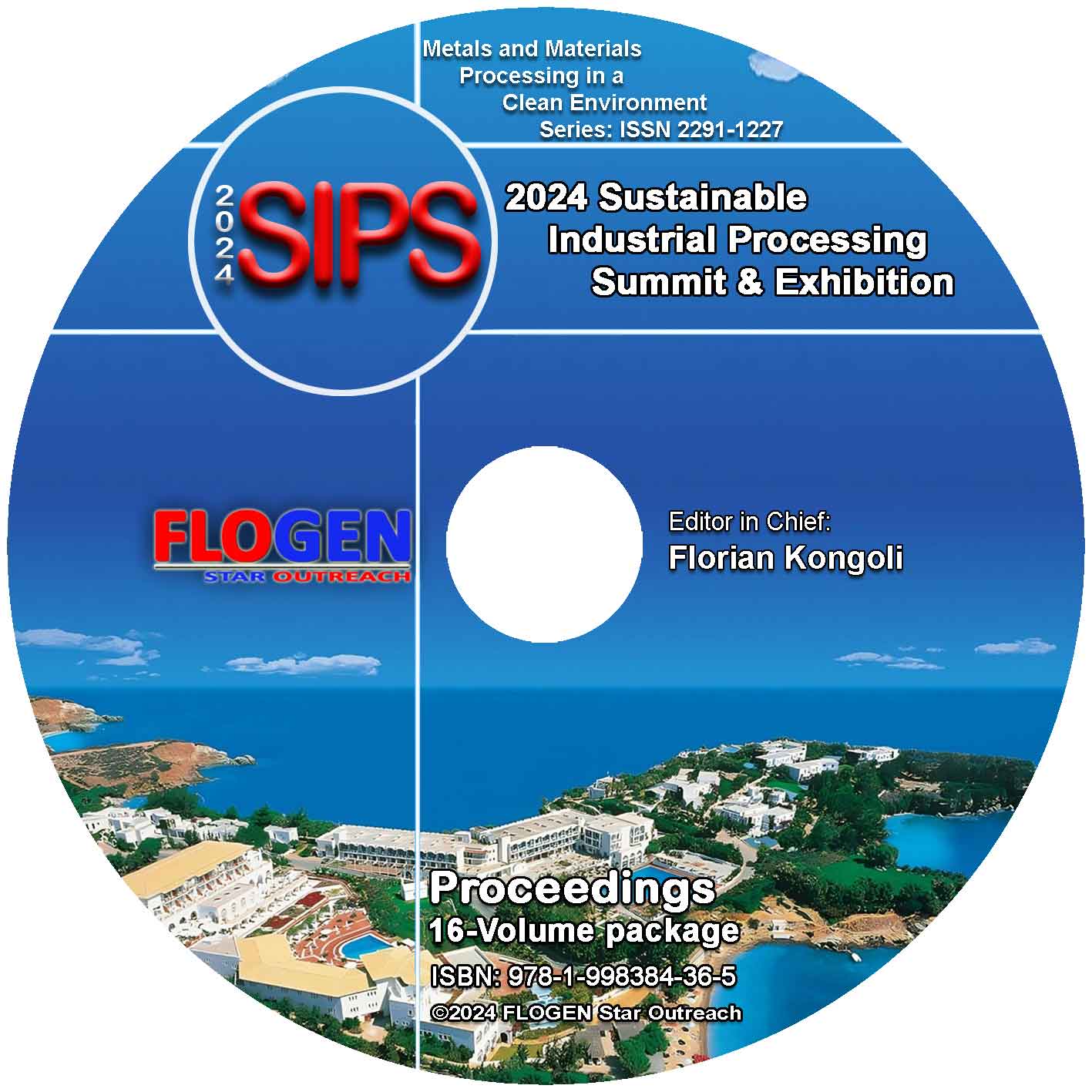2024 - Sustainable Industrial Processing Summit
SIPS 2024 Volume 1. Abe Intl. Symp. / Oxidative Stress and Technological Innovations in Medicine
| Editors: | F. Kongoli, H. Inufusa, T. Yoshikawa, C.A. Amatore, H-Y. Chen, W-H. Huang |
| Publisher: | Flogen Star OUTREACH |
| Publication date: | 23 December 2024 |
| Pages: | 218 pages |
| ISBN: | 978-1-998384-04-4 (CD) |
| ISSN: | 2291-1227 (Metals and Materials Processing in a Clean Environment Series) |

CD shopping page
OXIDATIVE STRESS IN REPERFUSION
Haruhiko Inufusa1; Fuhua Yang1; Yoshiaki Harakawa1;1GIFU UNIVERSITY, Gifu, Japan;
Type of Paper: Keynote
Id Paper: 158
Topic: 54
Abstract:
After the onset of ischemia in an organ, treatments allow blood to flow back into the organs (reperfusion). Typical reperfusion procedures include thrombotherapy for cerebral infarction and catheterization for myocardial infarction. When blood begins to re-enter an ischemic organ, a large amount of oxidative stress is generated from the damaged area. In the case of cerebral infarction, prolonged oxidative stress causes inflammation of the surrounding normal cranial nerve tissue, leading to functional impairment and vascular dementia. In the case of myocardial infarction, it is known that even if catheterization allows blood to return to the heart, a large amount of oxidative stress is generated from the damaged myocardium, resulting in heart failure and death 5 to 7 days after the infarction.
There are limited methods of anti-oxidant treatment for reperfusion. Although Edaravone (RADICUT BAG I.V. Infusion) is covered by health insurance in Japan for cerebral infarction, it is only allowed to be administered once within 24 hours after the onset of cerebral infarction due to its strong side effects. Antioxidant therapy has been tested in myocardial infarction, but no significant effects have been reported.
We have developed an antioxidant combination supplemental, Twendee X (TwX), and TwX has been reported that it can reduce cerebral infarction damage in a mouse model of cerebral infarction. A small number of cerebral infarction patients have reported the improvements of sequelae and reduction of the severity symptoms at the time of infarction. In myocardial infarction, one patient with ST-segment elevation myocardial infarction who had been taking TwX before the onset of the disease was discharged from the hospital on the fifth day without symptoms of heart failure after catheterization. As a safe antioxidant therapy, TwX may be useful in reperfusion disease.